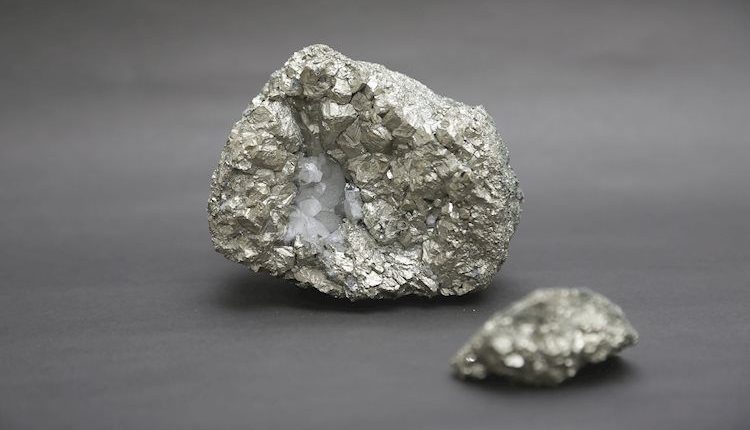- Silver price falls back to near $31.50 after posting a fresh two-week high around $32.20.
- Chinese officials proposed to increase the issuance of bonds to boost infrastructure investment.
- The US producer inflation grew at a faster-than-expected pace in November.
Silver price (XAG/USD) gives up its entire gains and declines to near $31.50 in the North American session on Thursday. The white metal declines after posting a fresh two-week high around $32.20. The asset faces pressure after the conclusion of China’s two-day economic work conference. a high-level meeting that sets economic priorities for next year.
Top leaders of China didn’t provide specific details on the likely size of the stimulus package and the pace of monetary policy easing. However, officials said that they will increase the issuance of ultra-long special treasury bonds and local government special notes next year, which are important sources for infrastructure investment and other public spending, Bloomberg reported.
Investors await more details on the stimulus package to forecast the demand for Silver, given its application in various industries such as solar panels and mining, etc.
Meanwhile, hotter-than-expected United States (US) Producer Price Index (PPI) data for November has also weighed on the Silver price. As measured by the PPI, annual headline and core producer inflation accelerated to 3% and 3.4%, respectively. The impact of the hit US PPI data appears to be negligible on Federal Reserve (Fed) interest rate projections for the policy meeting on December 18 but could boost expectations that the central bank will pause the policy-easing spell in January.
After the US PPI data release, the US Dollar Index (DXY) recovered intraday losses and rises to near 106.80 and weighed on the Silver price.
Silver technical analysis
Silver price retreats after failing to revisit the horizontal resistance plotted from the May 21 high of $32.50. The near-term appeal of the Silver price remains firm until it stays above the 20-day Exponential Moving Average (EMA), which trades around $31.25.
The 14-day Relative Strength Index (RSI) approaches 60.00. A bullish momentum would trigger a decisive break above the same.
Looking down, the upward-sloping trendline is around $29.50, which is plotted from the February 29 low of $22.30 on a daily timeframe
Silver daily chart
Silver FAQs
Silver is a precious metal highly traded among investors. It has been historically used as a store of value and a medium of exchange. Although less popular than Gold, traders may turn to Silver to diversify their investment portfolio, for its intrinsic value or as a potential hedge during high-inflation periods. Investors can buy physical Silver, in coins or in bars, or trade it through vehicles such as Exchange Traded Funds, which track its price on international markets.
Silver prices can move due to a wide range of factors. Geopolitical instability or fears of a deep recession can make Silver price escalate due to its safe-haven status, although to a lesser extent than Gold’s. As a yieldless asset, Silver tends to rise with lower interest rates. Its moves also depend on how the US Dollar (USD) behaves as the asset is priced in dollars (XAG/USD). A strong Dollar tends to keep the price of Silver at bay, whereas a weaker Dollar is likely to propel prices up. Other factors such as investment demand, mining supply – Silver is much more abundant than Gold – and recycling rates can also affect prices.
Silver is widely used in industry, particularly in sectors such as electronics or solar energy, as it has one of the highest electric conductivity of all metals – more than Copper and Gold. A surge in demand can increase prices, while a decline tends to lower them. Dynamics in the US, Chinese and Indian economies can also contribute to price swings: for the US and particularly China, their big industrial sectors use Silver in various processes; in India, consumers’ demand for the precious metal for jewellery also plays a key role in setting prices.
Silver prices tend to follow Gold’s moves. When Gold prices rise, Silver typically follows suit, as their status as safe-haven assets is similar. The Gold/Silver ratio, which shows the number of ounces of Silver needed to equal the value of one ounce of Gold, may help to determine the relative valuation between both metals. Some investors may consider a high ratio as an indicator that Silver is undervalued, or Gold is overvalued. On the contrary, a low ratio might suggest that Gold is undervalued relative to Silver.
Read the full article here

